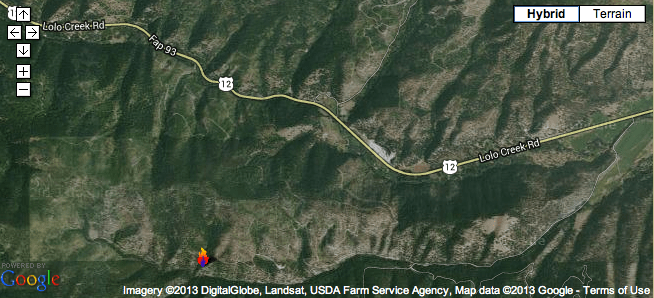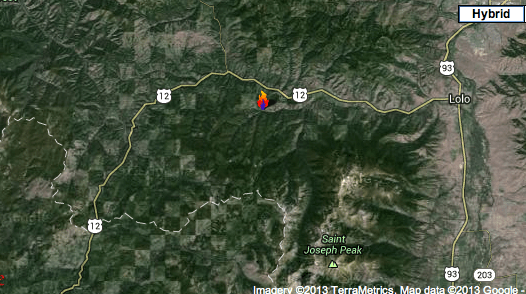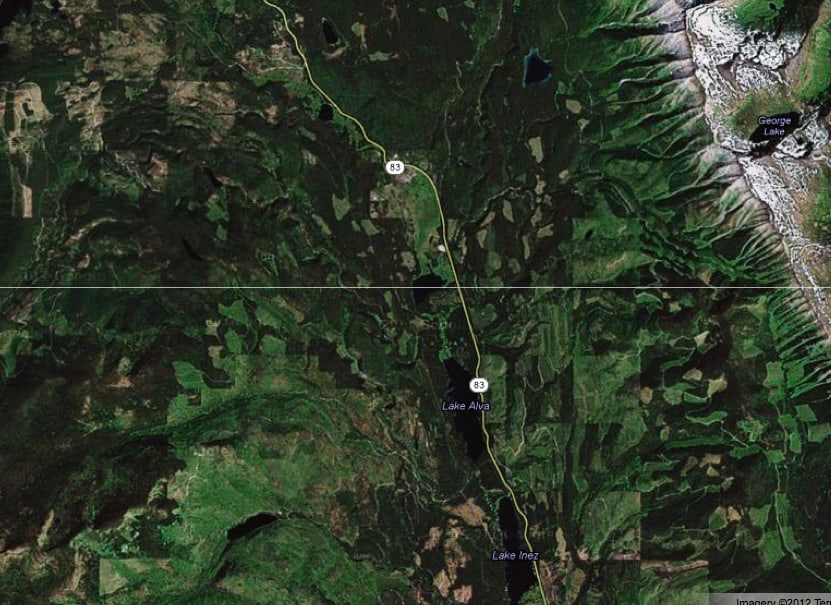The United States Forest Service moves to dissolve the injunction in light of actions that it has taken following remand. The motion is denied. The Court previously granted summary judgment in favor of the Forest Service on a host of issues, all but one. (See doc. 50.) The only fault with the Service’s analysis of the Colt Summit Project was the inadequate cumulative effects analysis for lynx. (Id.) Because of this deficiency, the Court remanded the matter to the Forest Service “so that it may prepare a supplemental environmental assessment consistent with this order and the law.” (Id. at 46.)
The summary judgment order plainly requires the Forest Service to prepare a supplemental environmental assessment (“supplemental EA”). The Service didn’t do so. Instead, it prepared what it called a “supplement to the environmental assessment.” The document is a stand alone document that is, by the Service’s own admission, not a supplemental EA within the meaning of NEPA or the NEPA regulations. See 40 C.F.R. §§ 1502.9, 1508.9–1508.10. Nor, contrary to the Service’s argument, is the “supplement to the environmental assessment” any other type of NEPA document. See 40 C.F.R. § 1508.10. Courts have previously allowed agencies to prepare non-NEPA, supplemental documents on remand, but those circumstances do not apply here….
Instead, where, as here, the Service “present[s] information and analysis that it was required, but according to the finding of the district court, failed to include in its original NEPA documents,” it must prepare a supplemental NEPA document….
Using documents not sanctioned by NEPA to “correct this type of lapse” is “inconsistent with NEPA”:
[I]f the Forest Service were permitted to correct deficiencies in an EA or an EIS by means of an SIR or another non-NEPA procedure, the regulations governing the supplementation of NEPA documents promulgated by the CEQ, as well as the Forest Service’s own rules on the issue, would be superfluous.
The Forest Service’s document does not comply with the Court’s summary judgment order or Ninth Circuit precedent.
The Service makes two arguments in response. First, it argues that the Court has previously allowed the Service to prepare a non-NEPA supplement on remand. See Native Ecosystems Council v. Kimbell, 9:5–cv–110. Be that as it may, the Court in Native Ecosystems Council expressly ordered the Service to “to supplement the EIS.” That isn’t the case here. Here, the summary judgment order expressly requires the Service to prepare a “supplemental environmental assessment.” These are two distinct requirements.
Second, the Forest Service argues that it solicited public comment for the supplement to the EA, so the document should be sufficient. Not so. Providing public comment and following some of NEPA’s other procedures doesn’t make a document a required NEPA document.
The Service’s task on remand was clear: “prepare a supplemental environmental assessment . . . .” (Doc. 50 at 46.) The Service didn’t do that. This decision has nothing to do with the quality or the adequacy of the Service’s lynx analysis. The Service might very well have produced a substantively useful cumulative effects analysis. But, regardless of the quality of the analysis, the Service has to follow the procedures required by law and this Court’s previous order. Until the Service does so, the Court will not consider a motion to dissolve the injunction.
IT IS ORDERED that the U.S. Forest Service’s motion to dissolve the injunction (doc. 60) is DENIED. The Court will not consider a motion to dissolve the injunction until the Forest Service complies with the Court’s previous order requiring the Service to prepare a supplemental environmental assessment and comply with all the requisite procedures. (See doc. 50.)
Dated this 27th day of March 2013.


